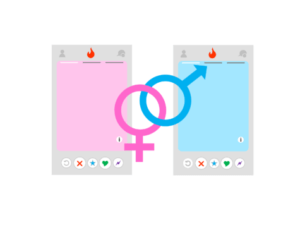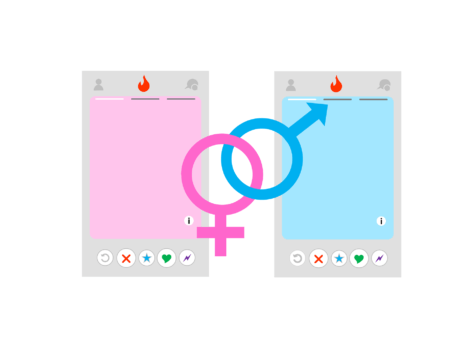New study shows that women often use dating apps for confirmation they’re attractive
TRONDHEIM, Norway — Photograph-based dating apps like Tinder are wildly popular among single adults, particularly in major cities, despite their reputations as avenues for casual sex and hookups. But a new study finds that people who use the apps don’t actually tend to have a greater number of sexual partners than non-users who are just as open to short-term relationships.
Researchers from the Norwegian University of Science and Technology sought to delve deeper into the reasons behind why people use dating apps and how their sex lives changed since using them. They found that, not surprisingly, users (especially men) tend to be more open to short-term, casual sexual relationships, but that women who regularly logged on were more likely to simply be seeking confirmation that others find them attractive.

For the study, researchers recruited 641 students from the university between the ages of 19 and 29. About half of the study group had used dating apps in the past, while about 20 percent were active users at the time of the study.
After surveying the participants, the authors found that while those who tended to use dating apps were most open to short-term sexual relationships, they weren’t actually having more sex than participants who were just as open to casual hookups, but didn’t use dating apps. Instead, the technology was simply just another means to finding potential partners — an alternative to going out and meeting people at a bar or the local park.
“Apps have become the new public arena for dating. But to a large extent, the people using them are the same ones you find dating other ways,” says professor Leif Edward Ottesen Kennair from NTNU’s Department of Psychology, in a release.
While most users admitted that they logged onto Tinder or similar apps regularly as simply a way to kill time and check out the scene, authors did find plenty of differences between men and women when it came to using the technology. Men were far more aggressive in their approach, initiating contact with matches more than women, pinpointing potential mates in less time, and spending less time than women deciding whether or not to meet up with matches. Researchers believe women spend more time on the apps because they take their time in considering whether or not to swipe right or left, or to respond to an interested match.
“Women are more discerning. Men are more eager. This has clear evolutionary reasons,” says Kennair. “Women have more to lose by engaging with low-quality sexual partners than men do. That’s why men swipe right more often than women do.”
But women were also using dating apps more often to build self-esteem. They might not be interested in meeting new people, but they are curious about how many people are interested in meeting them simply based on how they look.
“Women use dating apps to feel better about themselves more than men do,” says Mons Bendixen, an associate professor at NTNU’s Department of Psychology.
As for women who think that men who use Tinder aren’t looking for “the one,” the authors say that’s not necessarily true. Yes, men were more likely to log on for a casual hookup, but plenty were still holding out hope that perhaps they’d find love, too.
“Men tend to report a desire for casual sex and short-term relationships as a reason for using dating apps,” adds first author and clinical psychologist Ernst Olav Botnen. “But it should be noted that the myth that men on dating apps are only looking for casual sex isn’t accurate. Men who use these apps also seek long-term partners, but to a lesser extent than short-term partners.”
According to Tinder, more than 1.6 billion swipes are tallied each day on the app, while 1 million dates per week take place between users.
The full study is published in the September 2018 edition of the online journal Personality and Individual Differences.
